
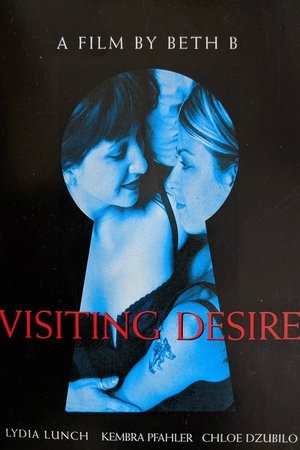
Visiting Desire(1996)
Complete strangers meet in a room to act out their sexual desires.
Movie: Visiting Desire
Top 6 Billed Cast
Visitor
Visitor
Sitter
Sitter
Video Trailer Visiting Desire
Recommendations Movies
 7.0
7.0Murders Made to Order(cn)
Following the tragic events of Sting of the Scorpion, Maggie finds herself stripped of her rank and committed to an insane asylum. The crooked cop who put her there offers to procure her release and reinstatement - if she'll go undercover as a bar hostess to spy on the triads. The whole thing's a setup, of course, and soon Maggie is on the run from the law, as well as nursing a bad heroin addiction. She finds refuge in the criminal underworld, where she accepts a job as an undercover assassin. But when her identity is exposed, Maggie has both sides of the law gunning for her life.
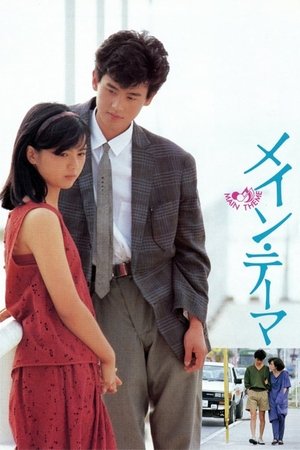 6.1
6.1Main Theme(ja)
A kindergarten teacher meets a novice magician and together they travel to another city to find love.
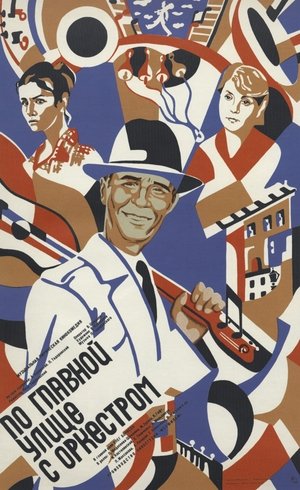 6.4
6.4Through Main Street with an Orchestra(ru)
Vasily Muravin, 50, a teacher at the Moscow Institute of Management, is experiencing a crisis. At work, the place of the head of the department is replaced by the more pragmatic, but limited person Valentin Romanovsky. At home, his wife Lida, who earns at work more than her husband, habitually reproaches him for indecision. It’s hard for Muravin to come to terms with his established attitude to himself, but he is most worried when his wife shows disrespect for his main hobby - playing the guitar. Once, unable to bear the bullying, Muravin suddenly leaves the family (wife and daughter) and from work.
 5.7
5.7East of Main Street: Milestones(en)
The Venice Hongwanji Buddhist Temple had an opportunity to take part in an episode of East of Main Street, an HBO documentary series that has been produced for the past three years to celebrate Asian Pacific American Heritage Month. This year’s episode, Milestones, focuses on how different groups of Asian Americans mark the milestones throughout their lives.
 6.2
6.2Painting for the main bedroom(el)
A man is painting a landscape. A woman is holding two cups. What can go wrong? A nightmare in pink.
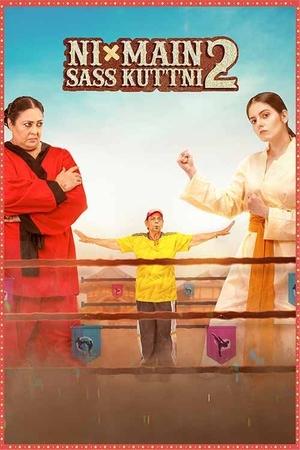 6.2
6.2Ni Main Sass Kuttni 2(pa)
A vengeful mother-in-law locks horns with her daughter-in-law in a twisted tale laced with dark comedy, political intrigue, and chilling thrills.
 6.4
6.4Next Exit, Main Street(en)
In an effort to discover the depth of the country's polarization, four recent college graduates decide to travel across the United States gathering stories encompassing the spectrum of life in America. Their goal is to find the human stories behind the nation's social and political schism, proving that Americans are not tied together by political identity, geographical location or belief systems, but primarily by love, hope and dreams - universal truths.
12(en)
After blowing his professional ballet career, John's only way to redeem himself is to concoct the demise of his former partner, Leah, who he blames for his downfall; he rehearses his salvation in his mind in the way that he rehearses a dance, but being able to break from the routine will be the key to his success.
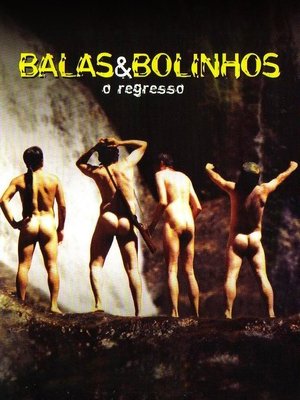 6.6
6.6Balas & Bolinhos: O Regresso(pt)
A group of friends meet after some years apart and decide to go on a treasure hunt.
 6.1
6.1Hello...(en)
A lonely man finds himself bedeviled by a malevolent force. But is it real or just all in his mind? (ALTER)
Closed For Maintenance(ar)
The story of an abused young man who decides to take matters into his own hands, but...
 10.0
10.0Kurt Diemberger - Verso Dove(it)
A man walks in more or less familiar places, walks there as if crossing unknown lands, never encountered before. At each step, he observes the world before his eyes, forcing him to fix it and freeze it in an “other” space and time, on the celluloid of his old camera. This man is Kurt Diemberger, climber and filmmaker of high peaks and distant lands. He is 82 years old, but he lives in the "now" rather than the past, continually exploring the land beneath his feet, in places dear to him in Austria, Italy and the Dolomites, as if he continued his research through the eye of the camera he uses for the observer.
 5.0
5.0Main Aurr Mrs Khanna(hi)
Three people, each having different aspirations from life, are caught in a tangle of emotions and don’t know the way out. There’s a husband and wife with love eroding from their life. And there’s a single, happy-go-lucky dude who falls in love with the wife.
 6.2
6.2Never Alone(fi)
1942. The State of Finland has formed an alliance with Nazi Germany. An elderly man single-handedly tries to stop a secret attempt by the Finnish State Police to hand over Jewish refugees directly to the Gestapo.
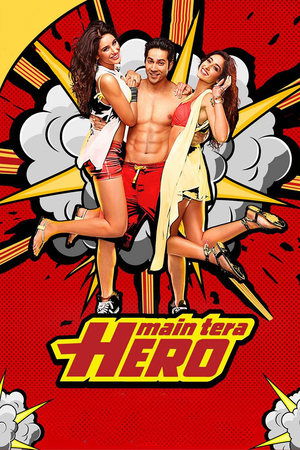 5.6
5.6Main Tera Hero(hi)
Seenu loves Sunaina but they're chased by a stalking cop, an infatuated beauty and her mafia don dad - can Seenu's heroics work?
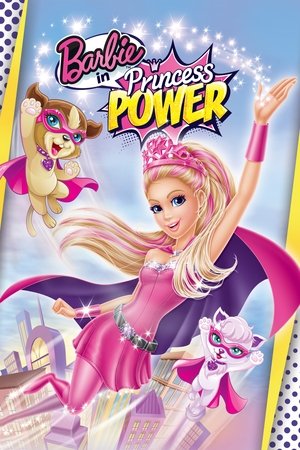 6.2
6.2Barbie in Princess Power(en)
Barbie is Kara - a modern-day princess with a normal life. Kissed by a butterfly which gives her superpowers and allows her to become a Super Sparkle, she is ready to save the kingdom from evil - were it not for her jealous cousin who is also kissed by the butterfly and becomes her rival and nemesis. Watch as Super Sparkle and Dark Sparkle learn that together they can become a great team for good once they learn the power of friendship.
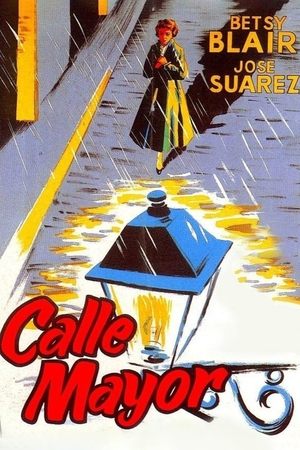 6.2
6.2Main Street(es)
A small town in Spain, October 1955. Isabel, a 35-year-old dreamer who feels like a failure because she is not married yet, becomes the new target of a group of soulless pranksters.
 5.4
5.4Disney Presents: Main Street Electrical Parade - Farewell Season(en)
Catch the spark after dark at Disneyland Park. And say farewell to one of the Magic Kingdom's most celebrated traditions - The Main Street Electrical Parade. Where else, but in The Main Street Electrical Parade, could you see an illuminated 40-foot-long fire-breathing dragon? And hear the energy of its legendary melody one last time? It's unforgettable after-dark magic that will glow in your heart long after the last float has disappeared.
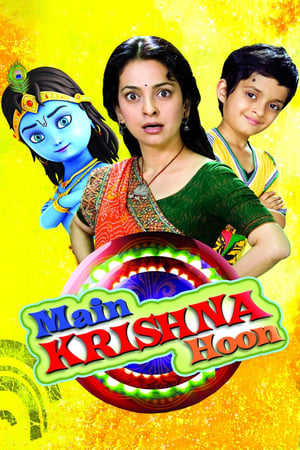 6.1
6.1Main Krishna Hoon(hi)
In answer to an orphan boy's prayers, the divine Lord Krishna comes to Earth, befriends the boy, and helps him find a loving family.
 6.0
6.0Main Line to Terror(ja)
Akiyama is an intern, disgusted with the noise pollution caused by the bullet trains and the heart attacks that noise has been causing in older hospital patients, plots to disrupt and, in ten days, destroy a unit of the operation. He warns the Japan National Railway, that, if nothing is done to reduce the noise, he will derail a bullet train. Takigawa is the police detective sent to stop him.
Similar Movies
 6.9
6.9Olympia: Part One – Festival of the Nations(de)
Commissioned to make a propaganda film about the 1936 Olympic Games in Germany, director Leni Riefenstahl created a celebration of the human form. This first half of her two-part film opens with a renowned introduction that compares modern Olympians to classical Greek heroes, then goes on to provide thrilling in-the-moment coverage of some of the games' most celebrated moments, including African-American athlete Jesse Owens winning a then-unprecedented four gold medals.
 6.7
6.7Olympia: Part Two – Festival of Beauty(de)
Commissioned to make a propaganda film about the 1936 Olympic Games in Germany, director Leni Riefenstahl created a celebration of the human form. Where the two-part epic's first half, Festival of the Nations, focused on the international aspects of the 1936 Olympic Games held in Berlin, part two, The Festival of Beauty, concentrates on individual athletes such as equestrians, gymnasts, and swimmers, climaxing with American Glenn Morris' performance in the decathalon and the games' majestic closing ceremonies.
 7.0
7.0Jesus Camp(en)
Jesus Camp is a Christian summer camp where children hone their "prophetic gifts" and are schooled in how to "take back America for Christ". The film is a first-ever look into an intense training ground that recruits born-again Christian children to become an active part of America's political future.
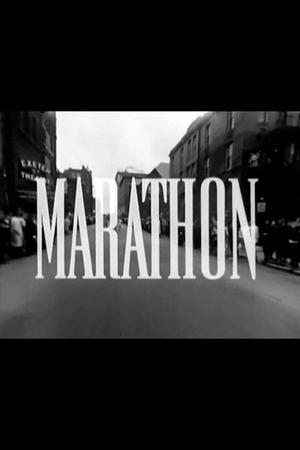 0.0
0.0Marathon(en)
Started as a class project in what was likely the first filmmaking course ever taught at Harvard, Marathon documents the running of the 1964 Boston Marathon.
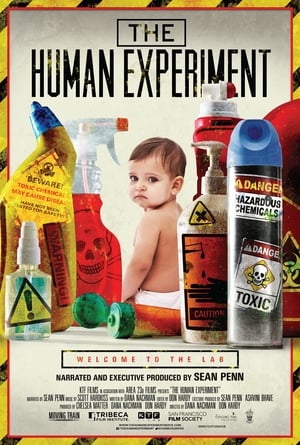 6.5
6.5The Human Experiment(en)
A documentary that explores the potential dangers of toxic chemicals in consumer products and the recent spike in unexplained health phenomena.
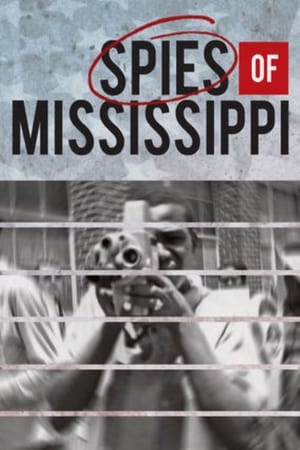 7.3
7.3Spies of Mississippi(en)
Spies of Mississippi tells the story of a secret spy agency formed by the state of Mississippi to preserve segregation and maintain white supremacy. The anti-civil rights organization was hidden in plain sight in an unassuming office in the Mississippi State Capitol. Funded with taxpayer dollars and granted extraordinary latitude to carry out its mission, the Commission evolved from a propaganda machine into a full blown spy operation. How do we know this is true? The Commission itself tells us in more than 146,000 pages of files preserved by the State. This wealth of first person primary historical material guides us through one of the most fascinating and yet little known stories of America's quest for Civil Rights.
 5.8
5.8Prater(de)
Vienna’s Prater is an amusement park and a desire machine. No mechanical invention, no novel idea or sensational innovation could escape incorporation into the Prater. The diverse story-telling in Ulrike Ottinger’s film “Prater” transforms this place of sensations into a modern cinema of attractions. The Prater’s history from the beginning to the present is told by its protagonists and those who have documented it, including contemporary cinematic images of the Prater, interviews with carnies, commentary by Austrians and visitors from abroad, film quotes, and photographic and written documentary materials. The meaning of the Prater, its status as a place of technological innovation, and its role as a cultural medium are reflected in texts by Elfriede Jelinek, Josef von Sternberg, Erich Kästner and Elias Canetti, as well as in music devoted to this amusement venue throughout the course of its history.
 0.0
0.0Abused by Mum: The Ruby Franke Scandal(en)
Ruby Franke's rise as a "momfluencer" with millions of followers hid a nightmare; when her son fled and alerted a neighbor about the abuse, police raided her home, rescuing her children.
Crimes of Honour(en)
Throughout the Islamic world, each year hundreds of women are shot, stabbed, strangled or burned to death by male relatives because they are thought to have “dishonoured” their families. They may have lost their virginity, refused an arranged marriage or left an abusive husband. Even if a woman is raped or merely the victim of gossip, she must pay the price. Crimes of Honour documents the terrible reality of femicide – the belief that a girl’s body is the property of the family, and any suggestion of sexual impropriety must be cleansed with her blood. We meet women in hiding from their families, a brother who describes his reasons for killing the sister he loved, and a handful of women who have committed themselves to the protection of young women in danger of losing their lives.
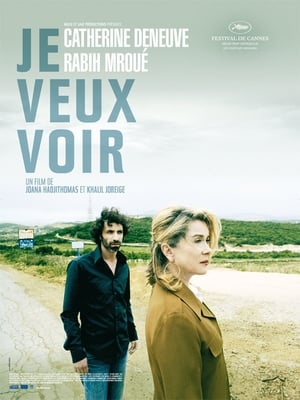 5.7
5.7I Want to See(fr)
July 2006. Another war breaks out in Lebanon. The directors decide to follow a movie star, Catherine Deneuve and a friend, actor and artist Rabih Mroue;, on the roads of South Lebanon. Together, they will drive through the regions devastated by the conflict. It is the beginning of an unpredictable, unexpected adventure...
 4.9
4.9Visions of Europe(en)
Twenty-five films from twenty-five European countries by twenty-five European directors.
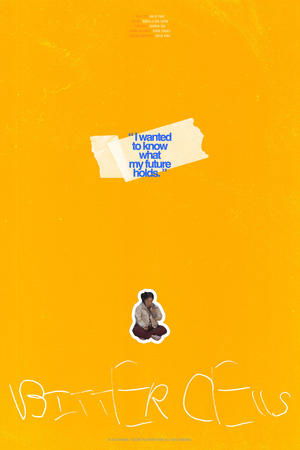 0.0
0.0Bitter Cells(ko)
Huiju learned of her biopsy test results, but lied to her mum about them. Feeling guilty about the lie, she embarks on her journey to find cancer patients who have the same diagnosis as hers and learns about their experiences. After hearing their stories, she finds the courage to tell the truth to her mum.
10 + 4 (Dah be alaveh chahar)(en)
After casting painter and video artist Mania Akbari as the central figure of his groundbreaking Ten (2002), and then witnessing her outstanding debut as a feature film director in 20 Fingers (2004), Abbas Kiarostami urged her to direct a sequel to the film. In Dah be alaveh Chahar (10 + 4), though, circumstances are different: Mania is fighting cancer. She has undergone surgery; she has lost her hair following chemotherapy and no longer wears the compulsory headscarf; and sometimes she is too weak to drive. So the camera follows her to record conversations with friends and family in different spaces, from the gondola she had famously used in her first feature to a hospital bed.
 5.7
5.7Bowie: The Man Who Changed the World(en)
Experience an inside look at David Bowie's incredible influence on music, art and culture via interviews with some of the people who knew him best.
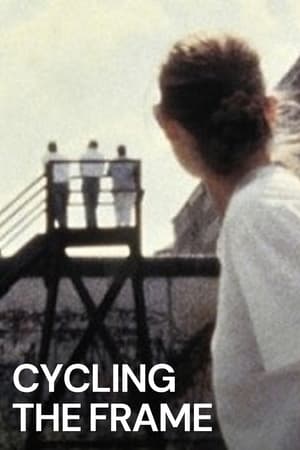 6.9
6.9Cycling the Frame(en)
In 1988, Tilda Swinton toured round the Berlin Wall on a bicycle - starting and ending at the Brandenburg Gate - accompanied by filmmaker Cynthia Beatt. As Swinton travels through fields and historic neighborhoods, past lakes and massive concrete apartment buildings, the Wall is a constant presence.
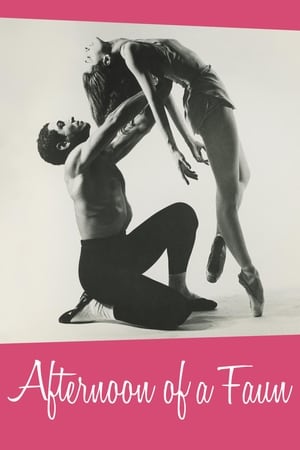 6.4
6.4Afternoon of a Faun: Tanaquil Le Clercq(en)
Of all the great ballerinas, Tanaquil Le Clercq may have been the most transcendent. With a body unlike any before hers, she mesmerized viewers and choreographers alike. With her elongated, race-horse physique, she became the new prototype for the great George Balanchine. Because of her extraordinary movement and unique personality on stage, she became a muse to two of the greatest choreographers in dance, George Balanchine and Jerome Robbins. She eventually married Balanchine, and Robbins created his famous version of Afternoon of a Faun for her. She had love, fame, adoration, and was the foremost dancer of her day until it suddenly all stopped. At the age of 27, she was struck down by polio and paralyzed. She never danced again. The ballet world has been haunted by her story ever since.
 5.7
5.7Nepal Forever(ru)
This film features two Russian communist politicians. Being committed Leninists; both of them have served several terms as city council members. Their horizons are broad, but what concerns them the most is the future of global communism. At one point, by decree of fate, their booming activities begin to expand far beyond the boundaries of their native St. Petersburg and the Russian Federation. However, the future of global communism remains unclear. What remains clear is the fact that in the modern world the tail still wags the dog. A documentary comedy.
The Eyes of Thailand(en)
Tells the true story of one woman's quest to help two elephant landmine survivors-Motala and Baby Mosha-walk on their own four legs.
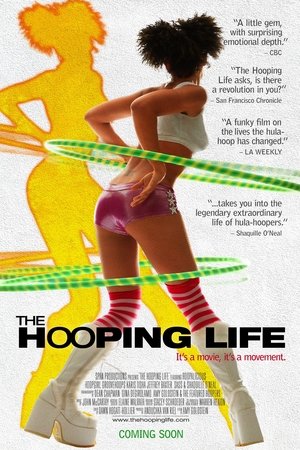 8.7
8.7The Hooping Life(en)
Learn the origins and rise of modern day hula-hooping through eight extraordinary stories of hoop devotees who have embraced it as an art form, a teaching aid, and even an instrument of redemption. From the streets, to intimate clubs, to giant arenas, we alternate between self-filmed video diaries, verité documentary footage, and spectacularly filmed performances in an attempt to celebrate the healing power of movement and the spirit of human inventiveness.



